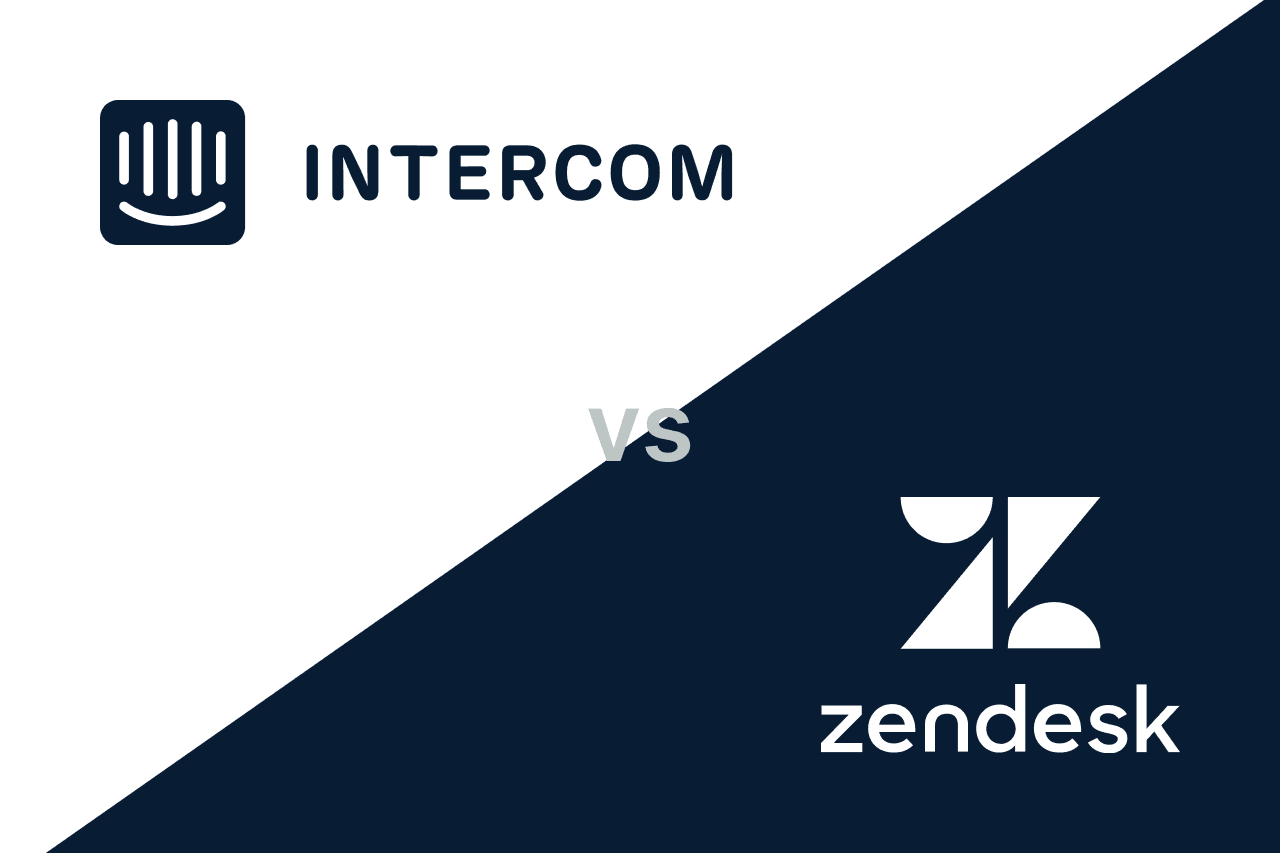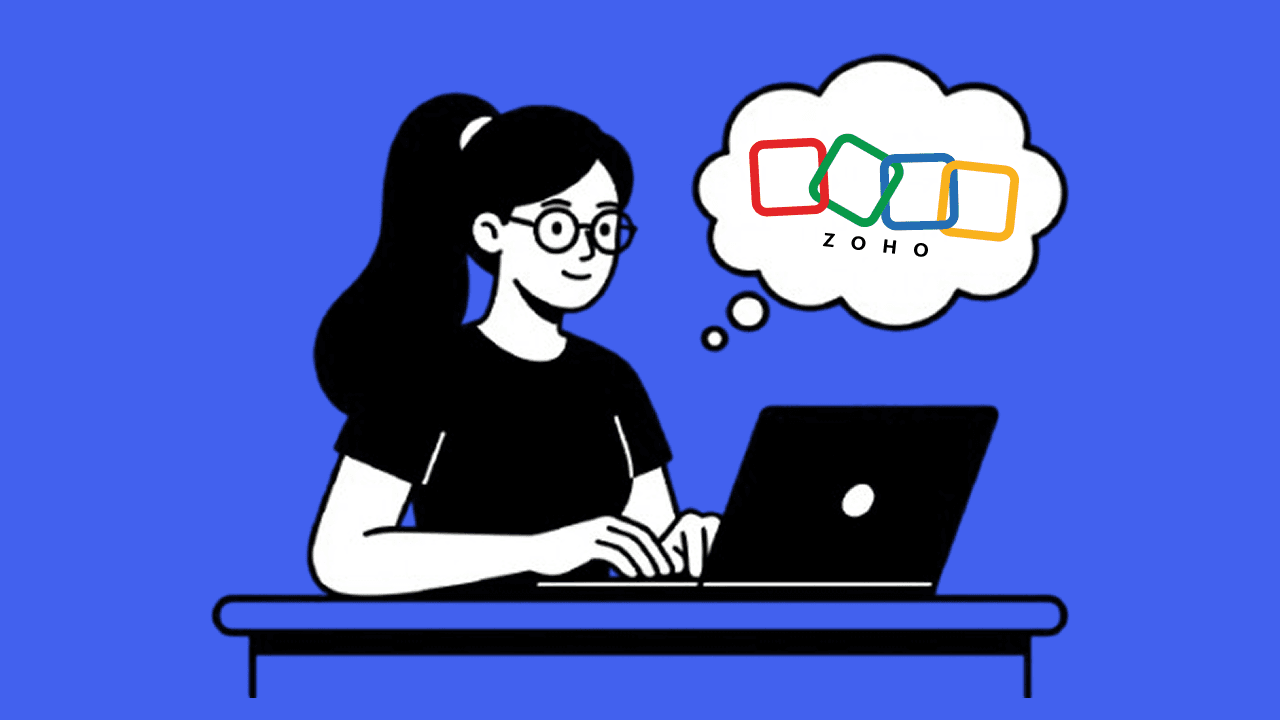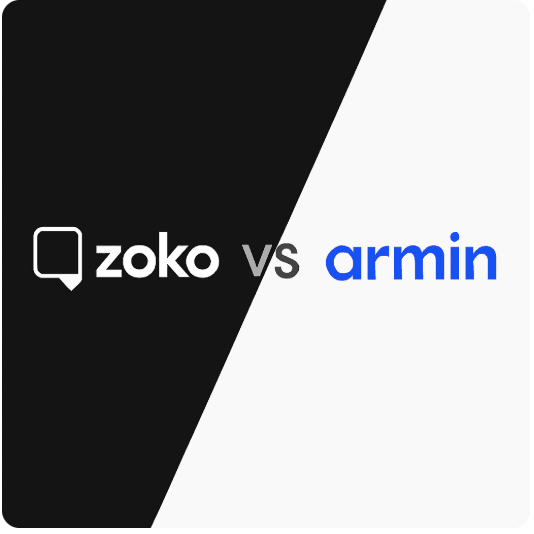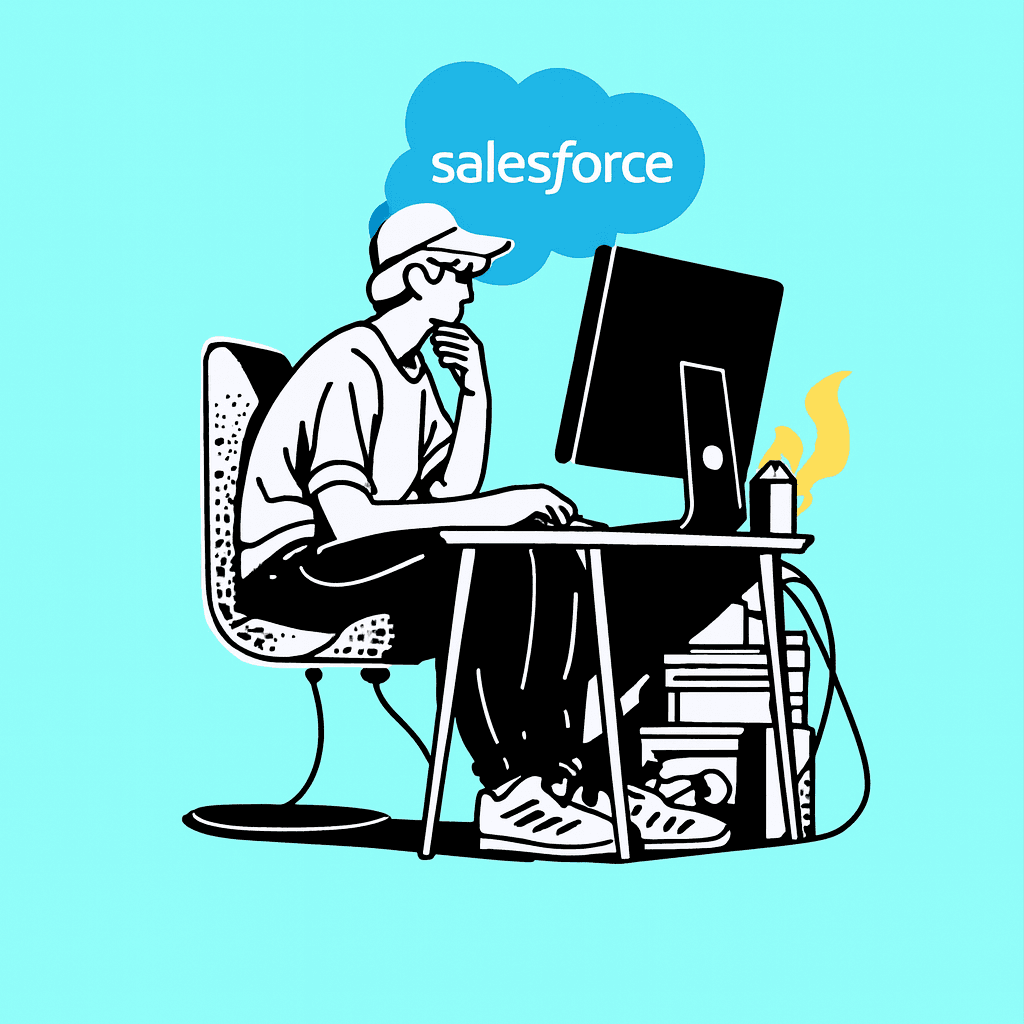In today’s digital landscape, conversation-oriented channels are a key component of customer engagement. Businesses can use WhatsApp, SMS, and email to accompany customers throughout the entire customer lifecycle – from marketing campaigns to post-purchase support. This article highlights the advantages and disadvantages of these channels, enabling companies to make targeted decisions about which ones to integrate into their marketing strategies.
Your Marketing Communication Mix: Options for Customer Communication
Expanding your customer retention strategy with a second – or multiple – communication channels will pay off sooner or later. Depending on factors such as user demographics, the geographic location of your business and customers, budget thresholds, and marketing concepts, you will opt for one – or more – of the following channels:
SMS/iMessage/MMS
Mobile App
Direct Mailings
WhatsApp
Social Media DMs (FB, IG & Co.)
Other Messengers like Telegram, Viber & Co.
All of these have several advantages and disadvantages, as shown in the following chart created and provided by our Chatarmin founder team:

Source: chatarmin.com
Email Marketing: An Ever-Present Channel
Despite numerous predictions of its decline, email remains a highly active and effective marketing channel. However, it is important to note that different age groups have varying preferences and behaviors when it comes to email. Therefore, understanding the age structure of your target audience is crucial in determining which channels should be prioritized.
Email Statistics: Insights and Benchmarks
Email marketing remains a powerful customer retention tool but should not be relied upon as a sole strategy. Especially younger target audiences hardly use email anymore, making alternative channels like WhatsApp messages or Facebook Messenger potentially more effective.
As email KPIs decline with a growing audience, it is worth incorporating a second channel into the retention strategy. On revenue-critical days such as Black Friday or Cyber Monday, an open rate of only 25-30% can lead to significant revenue losses.
Integrating WhatsApp or messaging channels like Facebook Messenger enables direct and effective customer communication and significantly increases the conversion rate.
SMS Marketing: Global Reach and Direct Connection
SMS marketing offers several advantages, especially its extensive global reach and the ability to send messages without an internet connection. Short Message Service (SMS) remains a vital messaging channel for businesses aiming to reach customers in areas where mobile data may not always be available or affordable.
If you're considering adding SMS to your communication strategy, it's important to evaluate whether it’s a meaningful option or simply an outdated messaging service – at least in the markets where your business operates.
While iMessage is widespread in the U.S., SMS continues to be a common messaging channel in Scandinavian countries. In the DACH region, however, SMS has taken on a spam-like character and is hardly used for business communication anymore, especially in comparison to WhatsApp, which is the preferred messaging app here.
An empty or spam-like environment is definitely not the place to position your messages when trying to reach customers in a cost-effective and professional way via their mobile phones.
SMS Statistics: Cutting Through the Noise
Let’s take a look at some insightful SMS statistics:
A survey in the U.S. revealed that 58% of consumers believe text messages are the best way for businesses to reach them quickly.
SMS messages have a significantly higher open rate compared to emails, providing a direct and efficient means of communication.
SMS marketing is highly effective at increasing customer engagement and driving revenue due to its ability to cut through the noise and grab attention.
With its high open rates and direct customer connection, SMS marketing is a valuable addition to any conversation-driven marketing strategy.
WhatsApp Marketing: The Power of Interactive Conversations
With over 2 billion users worldwide, WhatsApp has become one of the leading messaging apps. Businesses can choose between the standard app, the Business App for SMEs, and the Business API for large enterprises. One of the main advantages is support for rich media content like images, videos, and GIFs, which enables interactive customer engagement.
Compared to email or SMS, WhatsApp offers versatile use cases that cannot be replicated on other channels. Integration into the tech stack around shop systems, email CRMs, and customer data panels allows for omnichannel transparency, thereby optimizing segmentation and personalization.
Thanks to the WhatsApp username, personalized flows can be initiated right from the start. Creating dedicated user journeys with native tech stack integration isn’t possible via SMS. WhatsApp’s conversation-based pricing and the use of multimedia assets make it particularly effective.
WhatsApp outperforms email KPIs by three to eight times, with faster open rates. For sending urgent alerts or important messages, WhatsApp should be an integral part of your marketing strategy.
Understand the difference between WhatsApp and SMS with this "WhatsApp vs. SMS" table:
| SMS | ||
|---|---|---|
| Videos | ❌ | ✅ |
| Photos | ❌ | ✅ |
| Voice Messages | ❌ | ✅ |
| GIFs | ❌ | ✅ |
| Payment System | pay-per-msg. | pay-per-conversation |
| Native User Interface | ❌ | ✅ |
| Interaction | ❌ | ✅ |
| Lead Enrichment | ❌ | ✅ |
| Integrations | ❌ | ✅ |
| Message Sending | ✅ | ✅ |







![What is a WhatsApp business account: Setup (instructions) and overview [Update 2025]](https://blogfiles-chatarmin.s3.eu-central-1.amazonaws.com/whatsapp_business_account_64588027a1.jpeg)

